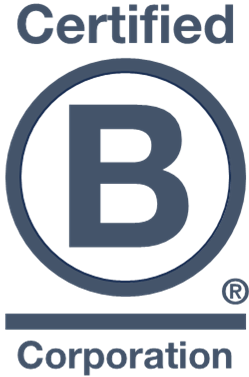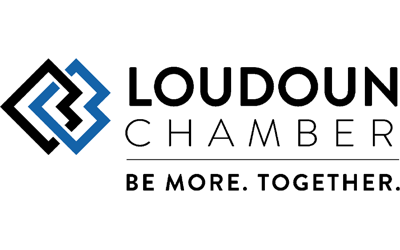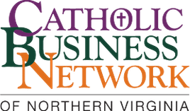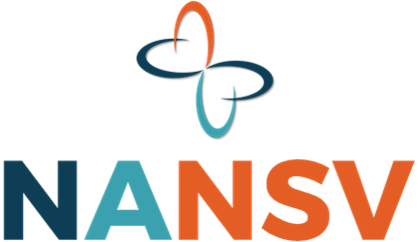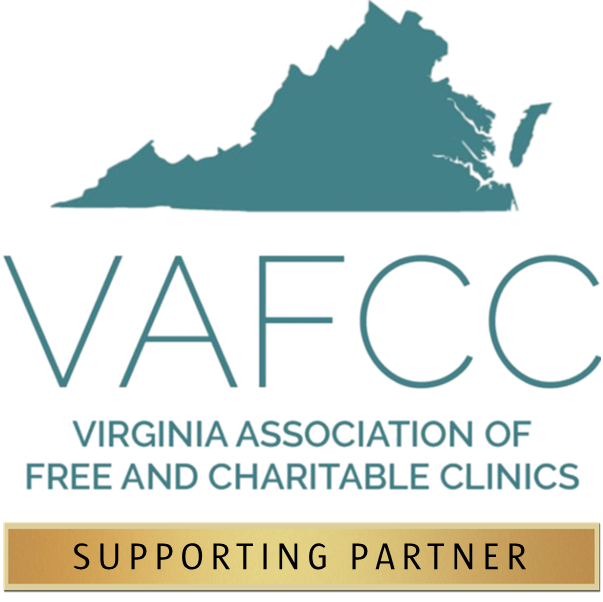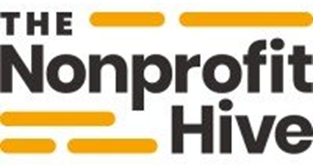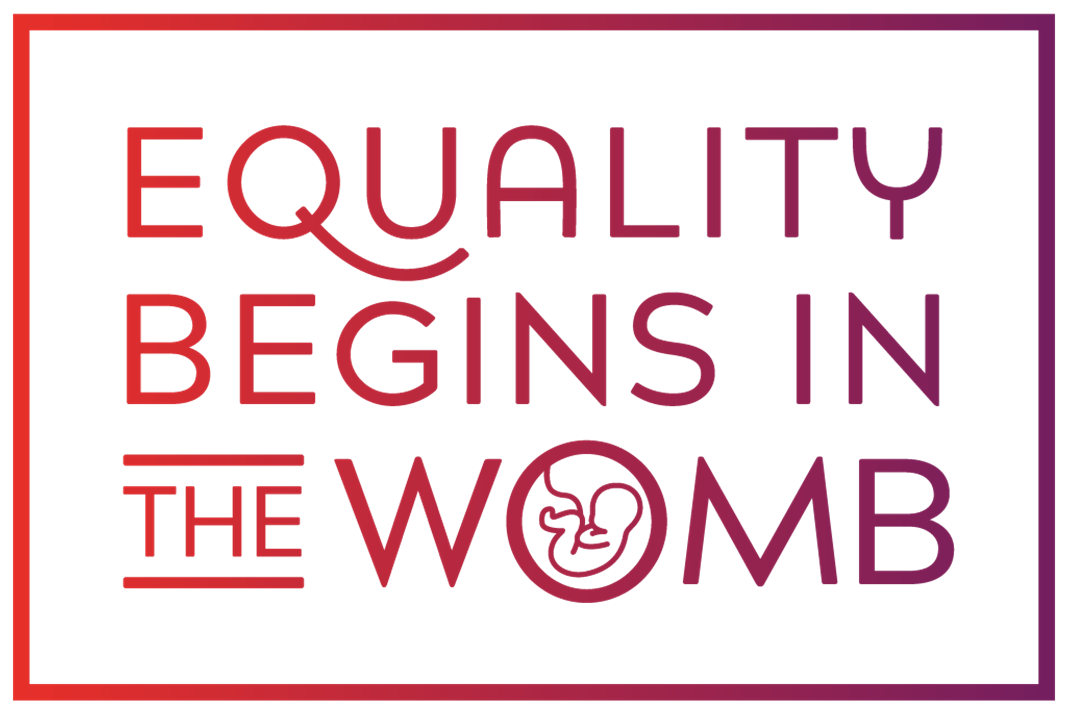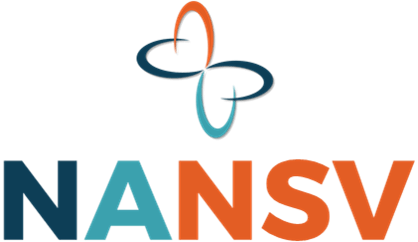Getting the Right People on Your Board
An alternative to "expediency" as a strategy for recruitment and selection
As a consultant, I’m often privy to Board conversations and, unsurprisingly, I hear quite a bit. There are typical Board interactions, of course—discussing organizational business, coping with immediate and emerging issues, etc.—but there’s a lot more, too. Frequently, for example, there’s talk about Board composition and capacity. I hear a good deal about Boards that: (1) Are in flux, with people leaving and needing to be replaced, (2) Want to expand their sizes, both for operational and fundraising purposes, and (3) Have difficulties getting their members to participate at appropriate levels. There are other things as well, but I mention these in particular because there’s a common thread. Faced with these challenges, recruitment is a natural response.
I stopped at “recruitment” because Boards don’t always seek to find the “right people,” however—they just look for willing participants. At Board meetings, candidates are proposed in ways such as “Peg’s interested in joining… I know her from the Rotary Club, she loves what we’re doing, and she’s great!” There’s an enthusiastic response—someone has the desire, and a member vouches for that person. Perfect, right? After all, there are a ton of non-profits out there competing for Board members, and they can be hard to come by. Notice, though, that the above exchange is missing some things—namely why, exactly, is Peg “great?” What skills and experiences does Peg bring? What can she add that we don’t have? Will she complement group capabilities?
Without careful consideration of what’s needed and whether prospective members can fill the gaps, Boards don’t function as they should. It shouldn’t be about getting a “warm body.” Rather, recruiting, vetting, and selecting has to be requirements-based. This means Boards need to define their target structures and compositions. Specifically, they have to define the necessary roles and responsibilities, the “ideal” sizes of committees and teams, and the backgrounds, interests, and related attributes that the “right individuals” should possess. These factors help target recruitment—when you know who you’re looking for, you can figure out where to find them. They’re also key to evaluating and deciding if candidates will actually strengthen Board capacity.
Yes,
this takes time and effort, but it pays significant dividends in the end. It’s tempting, obviously, to adopt
“expediency” as the dominant strategy, but (no offense to her, by the way) Peg
just might not be the best person—you may get lucky, but it’s equally likely
she won’t improve the Board and, at worst, she may even help perpetuate existing
Board challenges. Your non-profit deserves a
professional, capable, fully functional Board that can provide the guidance,
oversight, funding, and other things it needs to be at its best. Sometimes, this means passing on the Pegs of
the world, exercising due diligence and little bit of patience to put the “right
talent” in the “right places.” It’s a different way of thinking, but it will
pay significant dividends for your organization in the end.
Learn More
For more information or to schedule a complementary initial consultation,
contact us
today
Read Other Posts










